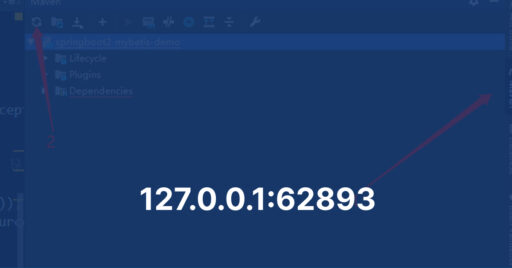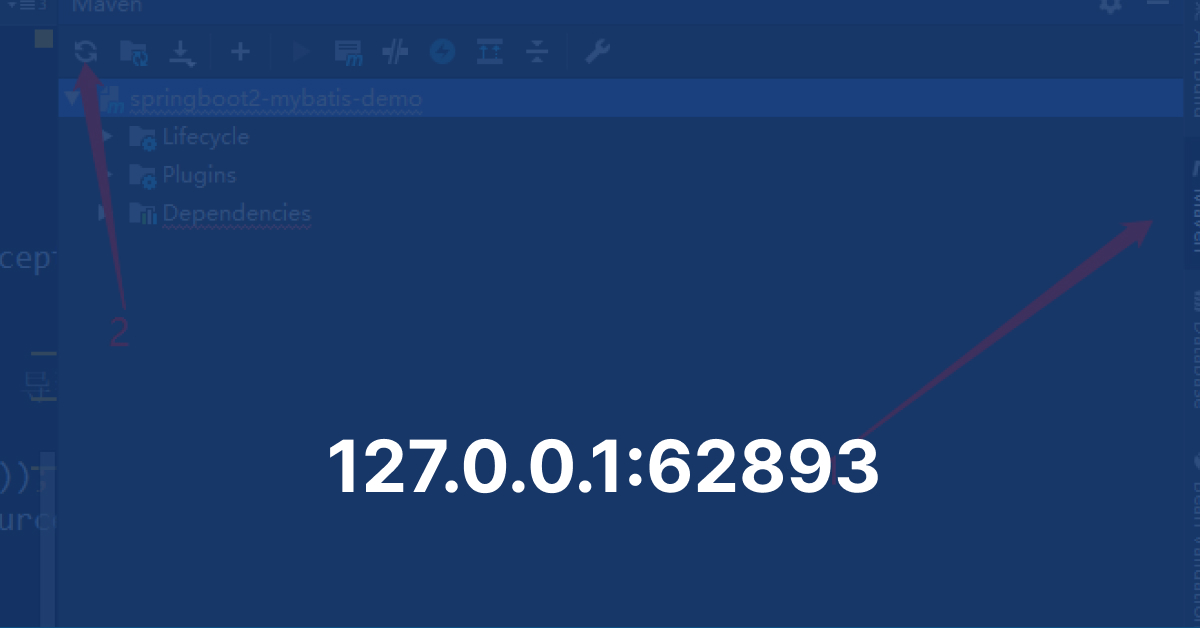What is Error 127.0.0.1:62893?
Error 127.0.0.1:62893 is a distinct type of network error that often occurs during the local development of web applications, server configurations, or network setups. To understand this error, pivotally it is crucial to divide the integers into two parts and then comprehend the situation. First, we have 127.0.0.1 which represents networking terms. The IP address 127.0.0.1 is commonly referred to as ‘localhost,’ a loopback address that a computer uses to contact itself. This address is utilized for testing and development purposes, ensuring that network software works correctly before being deployed into a production environment.
Now move to the remaining integers which are port numbers ‘62893’ and integral to the process. These numbers identify specific processes or services on a server, allowing multiple network services to operate simultaneously without interference. When an error like 127.0.0.1:62893 arises, it indicates a problem with accessing or communicating through this specific port on the local host address.
There are several scenarios that can lead to encountering this error. During local development, For example, developers might face this issue if the designated port is already in use by another application, or if there are misconfigurations in the server setup. Network setups might also trigger this error if firewall settings or security policies block the necessary communication on the specified port.
The implications of facing error 127.0.0.1:62893 can be significant. It may cause disruptions in the service, stop the development process, or maybe it will affect the functionality of the web application. Additionally, troubleshooting this error can be challenging, especially if the root cause is not immediately apparent, leading to potential delays in project timelines.
Understanding the nature of this error is crucial for effective troubleshooting and resolution. The following sections will provide detailed steps and best practices to diagnose and resolve error 127.0.0.1:62893 efficiently, ensuring smoother development and network operations.
Steps to Resolve Error 127.0.0.1:62893
Facing the error 127.0.0.1:62893 can be frustrating, but in the end, it is often resolvable with a systematic approach. To resolve this error, you can follow these steps as you can proceed by examining the server and application logs. Logs are vital, they can provide invaluable insights into the root cause of the error. Look for any types of error messages or anomalies that highlight the connection with the occurrence of the issue. This initial step can sometimes pinpoint the exact problem, saving you significant time and effort.
Next, verify the status of the services and applications that are supposed to be listening on port 62893. Use command-line tools like netstat or lsof to identify any processes currently utilizing this port. For instance, you can run netstat -an | grep 62893 to check if the port is in use. If you find that another application is occupying the port, you may need to stop the conflicting process. This can typically be done using commands such as kill or taskkill depending on your operating system.
Don’t forget to read: Enhancing Customer Understanding with Get_Ready_Bell:Client_Pulse, a feature of NPS
If stopping the conflicting process is not feasible or if the application needs to use a different port, you will have to reconfigure the application settings. Most applications have configuration files where the port number is specified. Adjust this configuration to utilize a substitute port and make sure that the change is saved accurately.
One more basic perspective to check is your firewall settings. Firewalls can unintentionally obstruct ports, causing availability issues. Ensure that port 62893 is open and not being obstructed by firewall rules. This can usually be managed through your firewall management tool or command-line interface.
After making these changes, it is crucial to update and restart the affected services. This ensures that all configurations are applied correctly and that the services are running smoothly. Use commands like systemctl restart [service] or service [service] restart as appropriate for your system.
Conclusion
In the end, to prevent the issue of the error 127.0.0.1:62893 in the future, undertake regular server maintenance and monitoring. Periodic checks and updates can help identify potential issues before they grow, remember to check the stability and reliability of your server environment.







